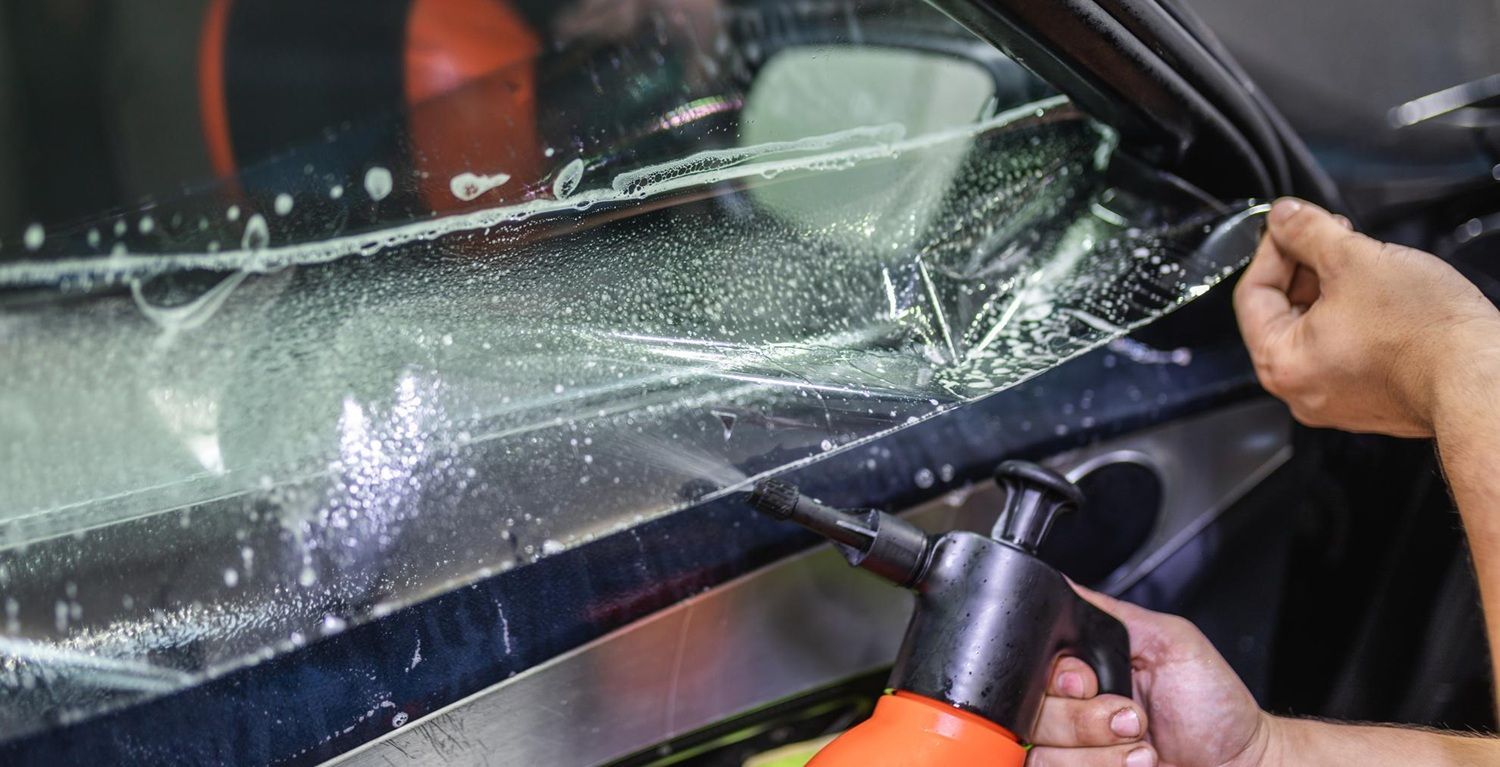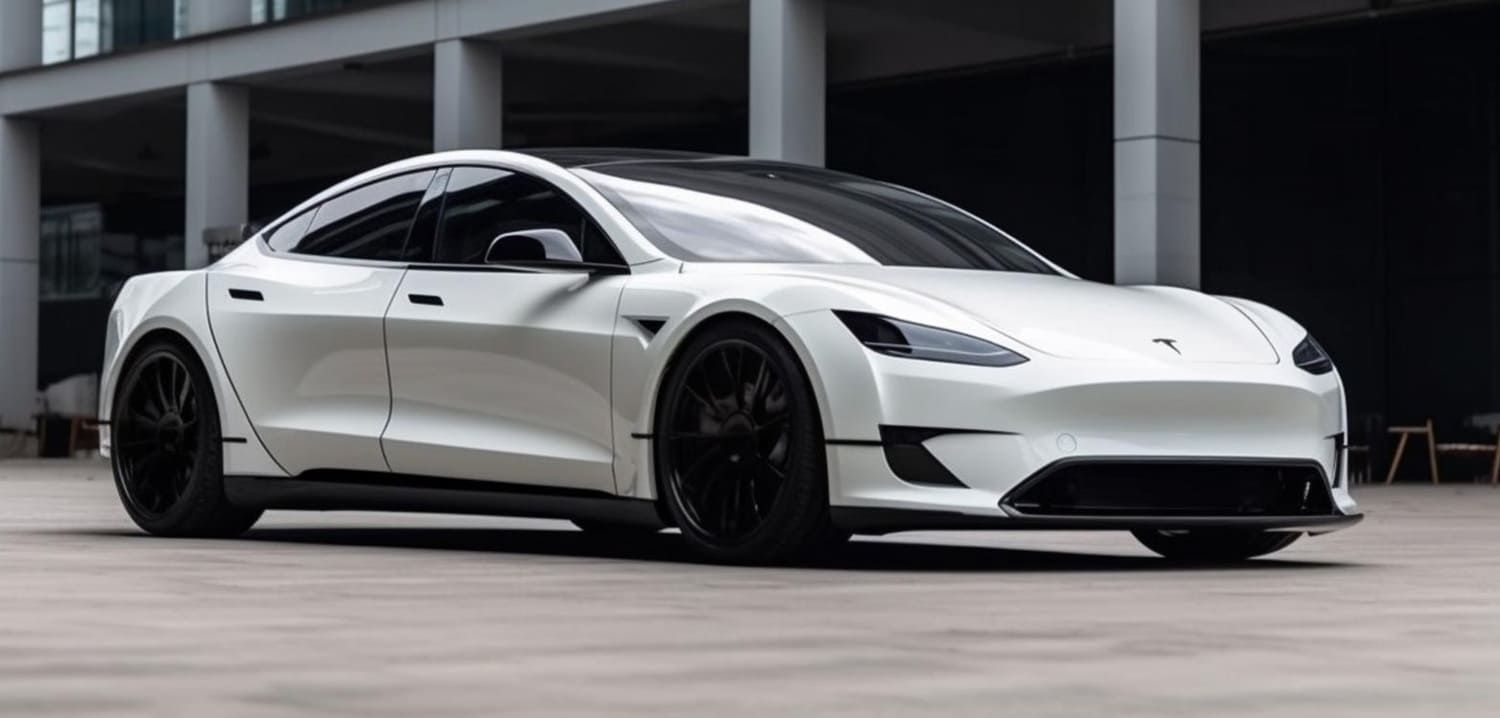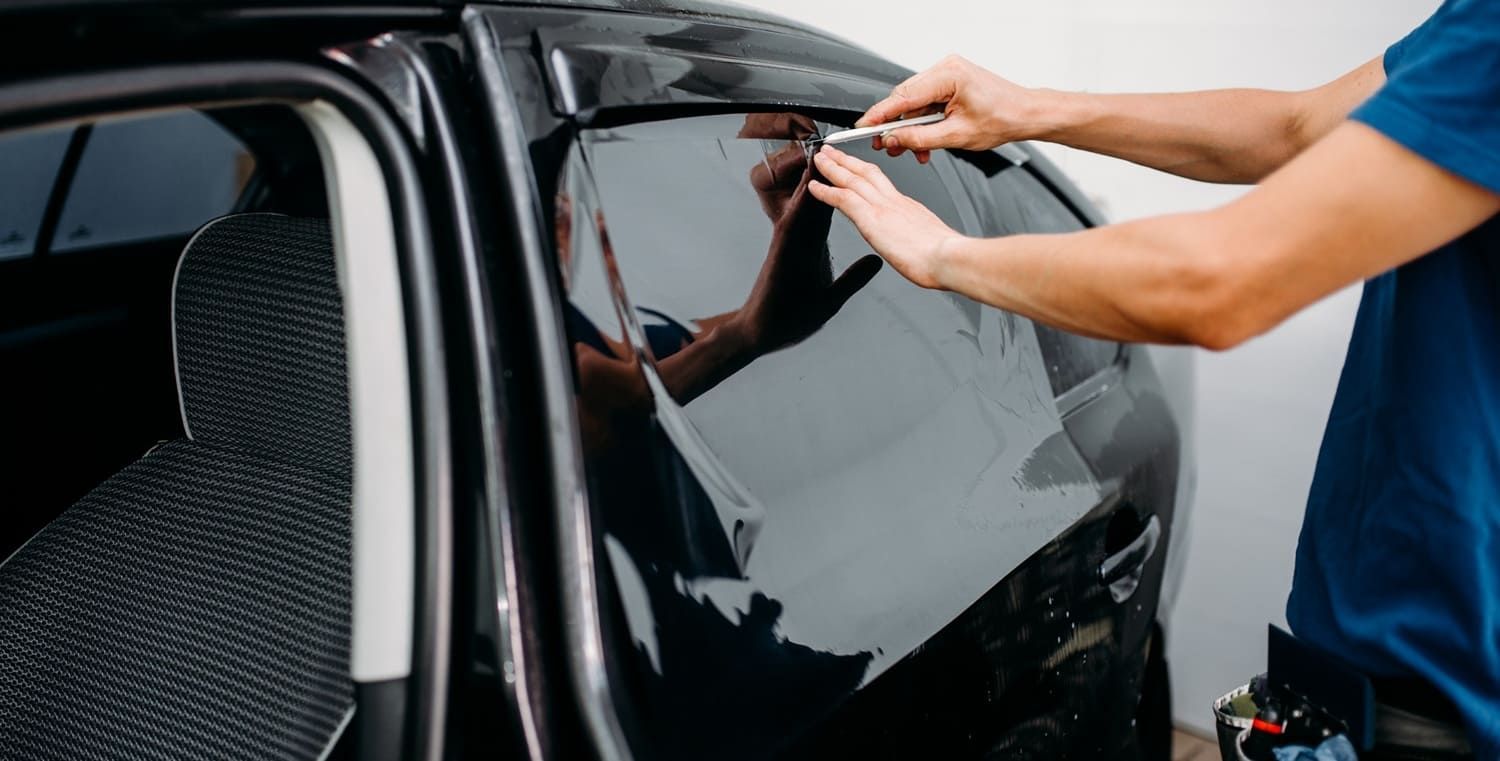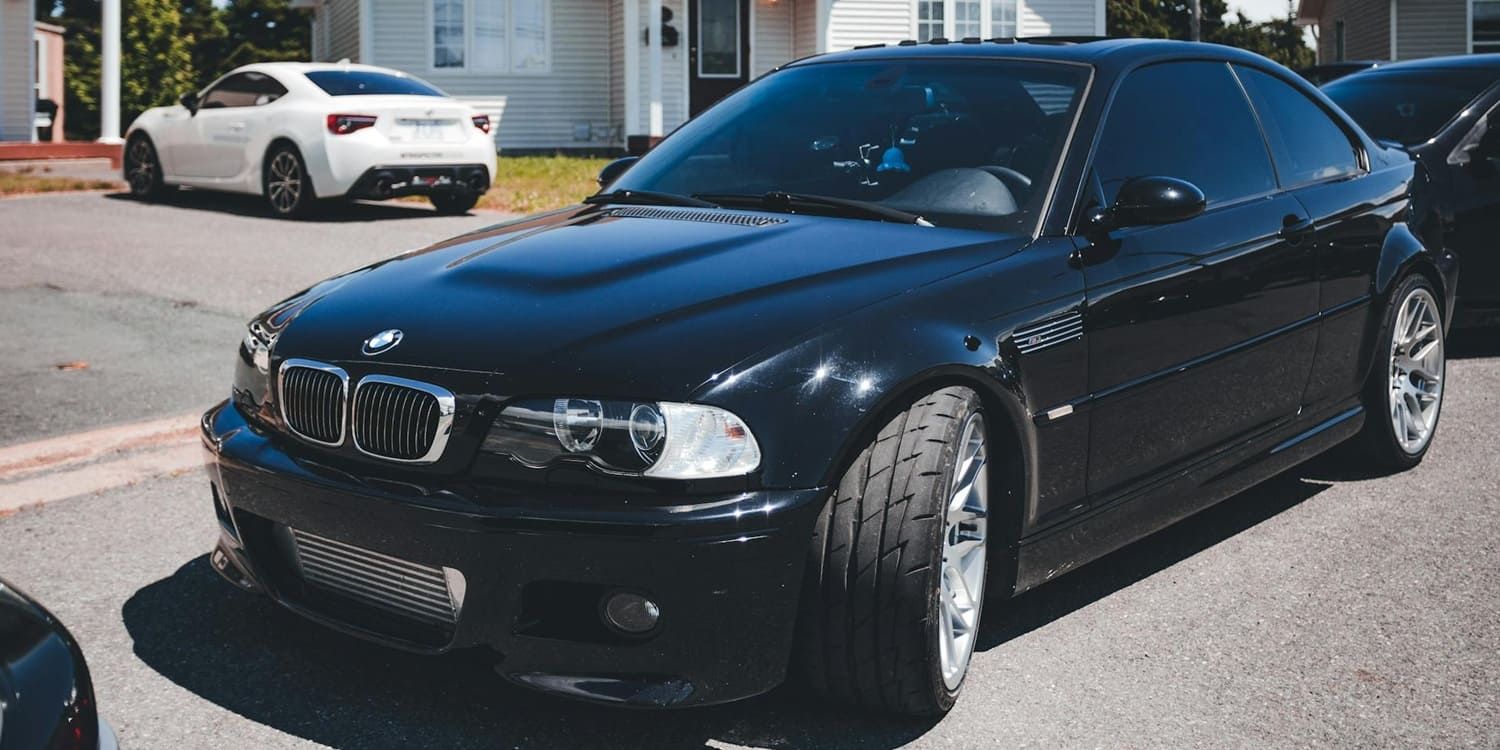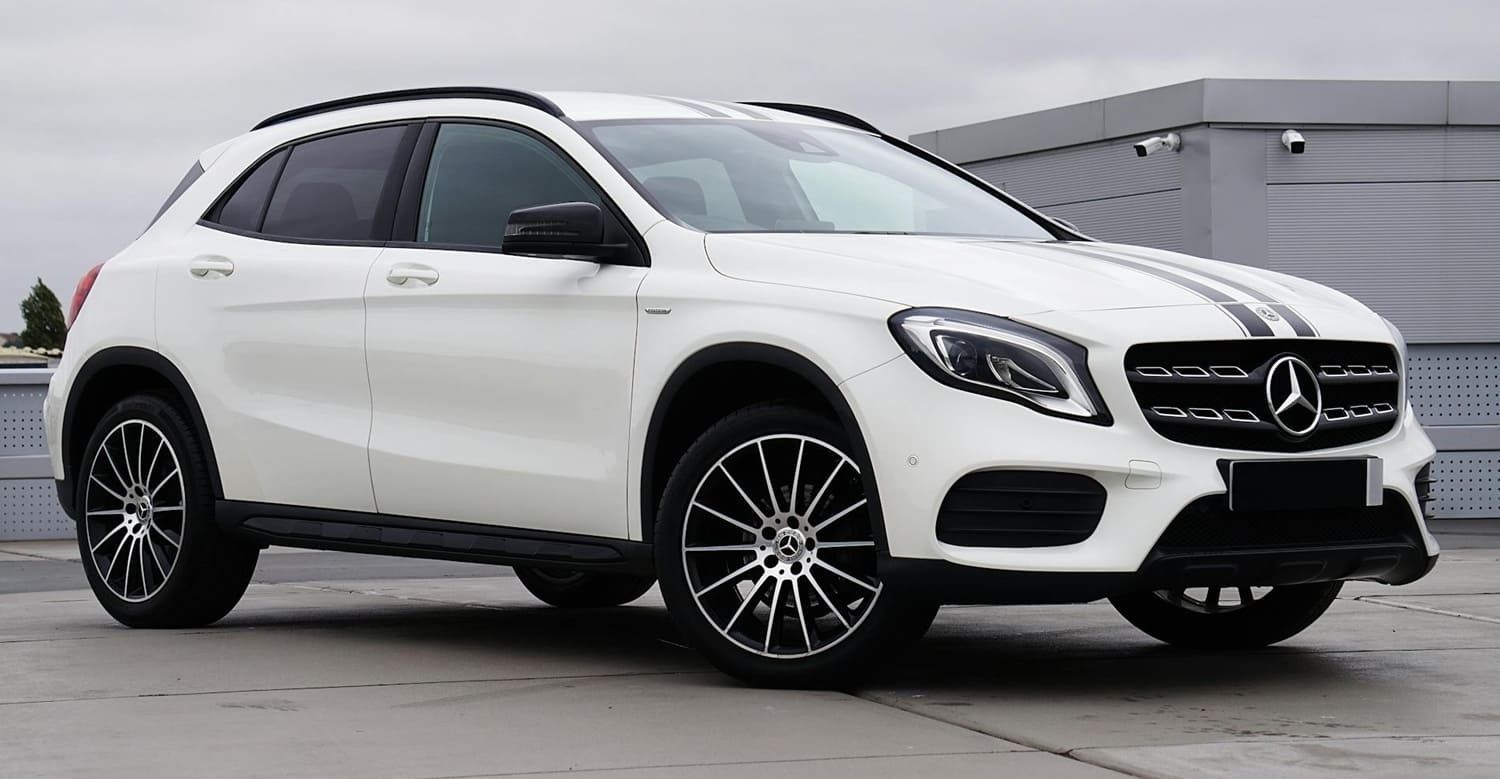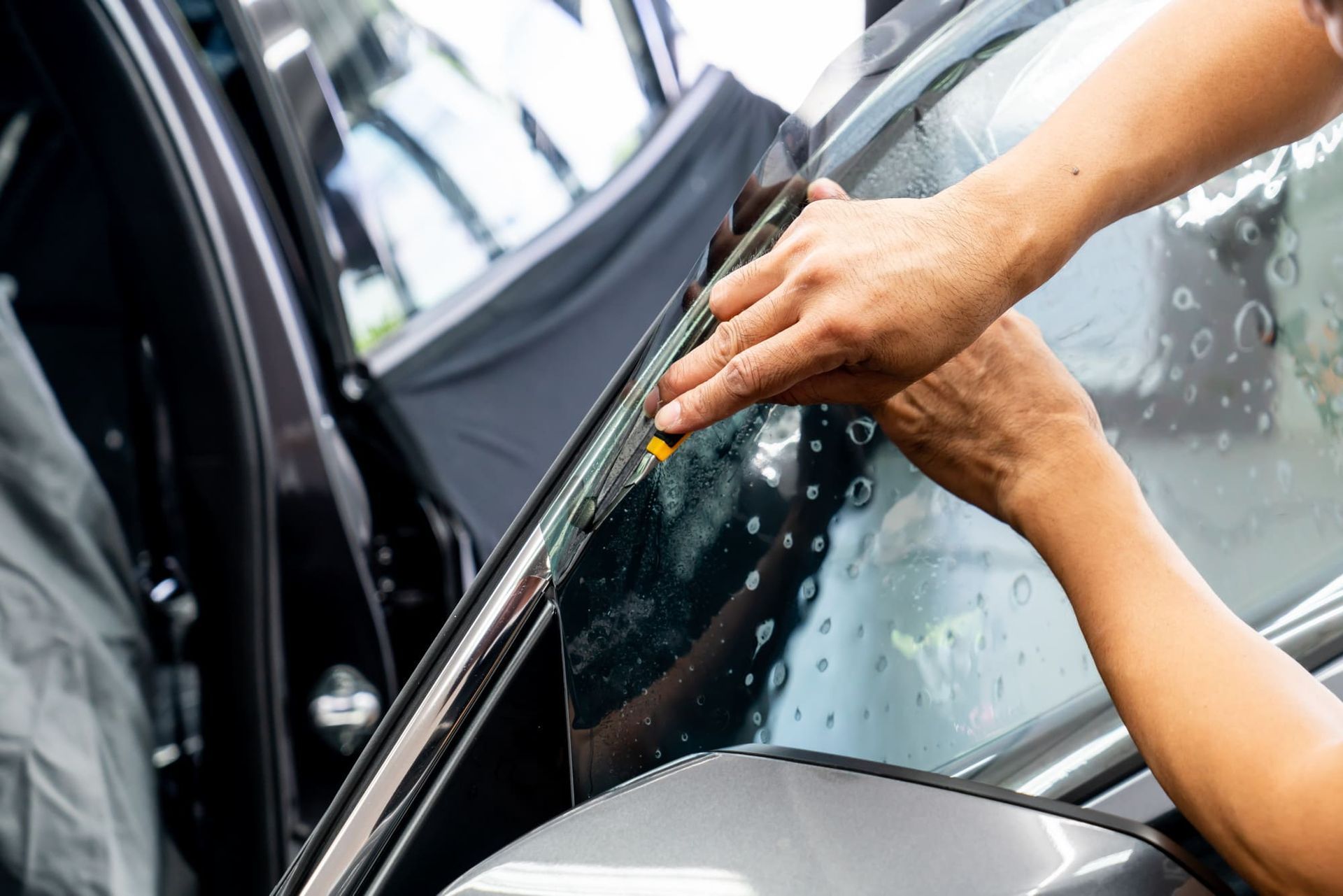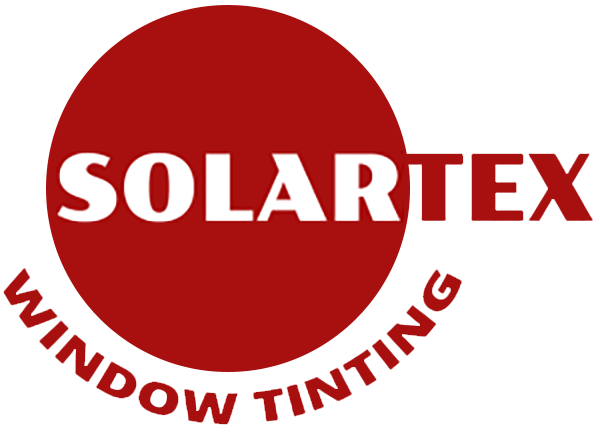Dyed Window Film: An Affordable Option Worth Considering?
When contemplating auto window film options, many car owners find themselves balancing style, comfort, and protection against cost. The array of window films available in the market can be overwhelming, each boasting unique benefits and drawbacks. Among these, dyed window film emerges as a budget-friendly option that manages to deliver on several fronts. But, is it the right choice for your vehicle? Let's explore what dyed window film offers and whether it's worth considering for your specific needs.
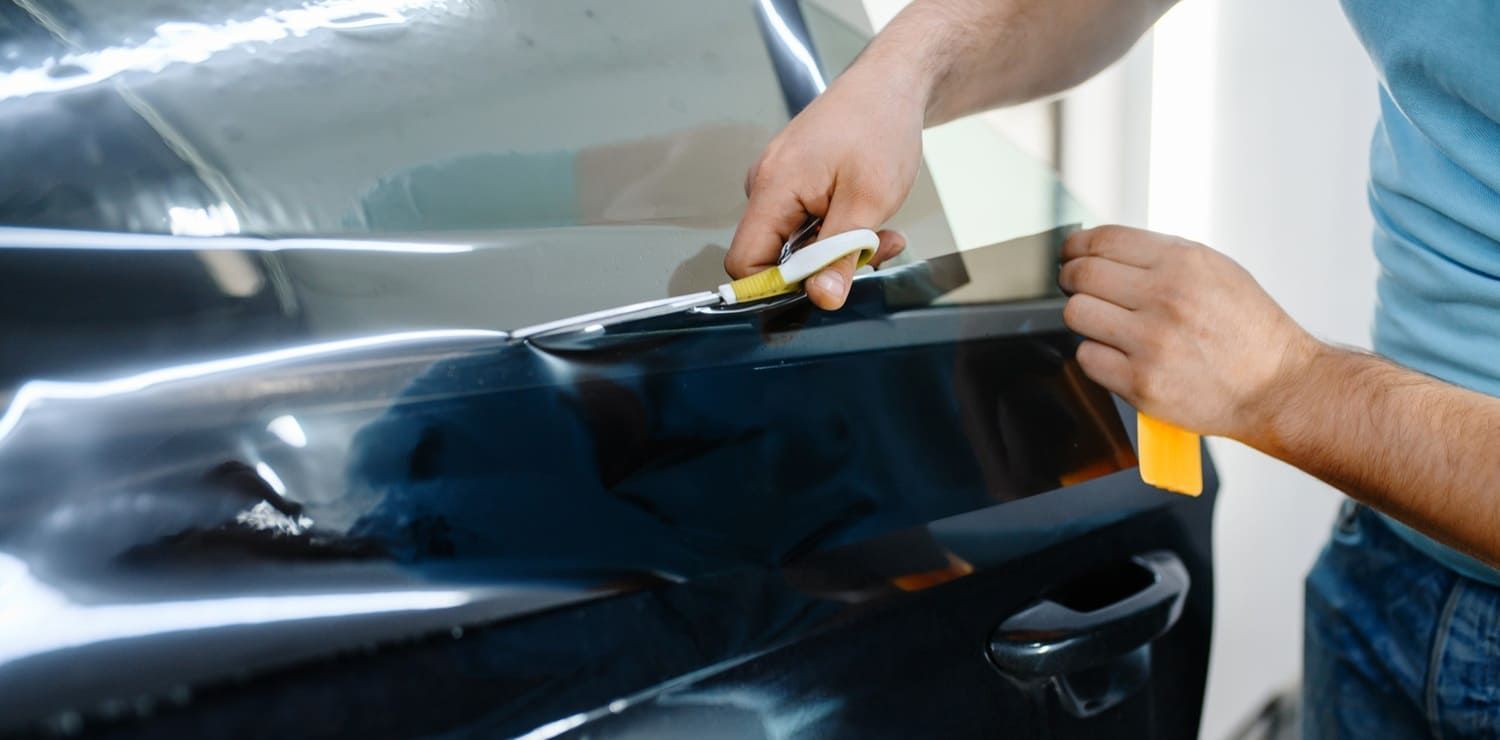
Understanding Dyed Window Film
Dyed window film is a type of window tint that employs a dye layer sandwiched between an adhesive layer and a protective topcoat. This construction not only absorbs solar heat and reduces glare but also adds a sleek finish to the windows, making it a popular choice among car owners looking for an economical solution. Its simple composition contrasts with more complex films, often leading to more straightforward installation and maintenance processes.
How Does It Work?
The dye in the film is designed to absorb solar energy, which in turn helps to keep the interior of your car cooler and more comfortable. This absorption process also significantly reduces glare from the sun, enhancing visibility and safety while driving. By filtering out a portion of the sunlight, dyed window film can effectively protect your car's interior from fading and cracking over time, preserving the upholstery and dashboard. This can be particularly beneficial if your vehicle spends a lot of time parked outdoors.
Benefits of Dyed Window Film
Affordability
One of the primary reasons car owners opt for dyed window film is its cost-effectiveness. In comparison to other types of tints like metalized or ceramic films, dyed window film is generally less expensive, making it an attractive option for those on a budget. The lower cost does not significantly compromise its ability to perform essential functions such as reducing glare and enhancing privacy, making it a compelling choice for first-time users of window films.
Improved Appearance
Dyed window film can enhance the look of your vehicle, giving it a sleek, uniform appearance. Available in various shades, it allows for customization according to personal preference and style. Whether you're aiming for a subtle tint or a darker, more pronounced appearance, dyed films offer flexibility. This customization ability can also contribute to the vehicle's resale value, as many buyers appreciate the aesthetic and practical benefits of tinted windows.
Glare Reduction
By absorbing sunlight, dyed window film reduces glare, which can be particularly beneficial during dawn and dusk when the sun is low on the horizon. This reduction in glare can contribute to safer driving conditions, decreasing eye strain and improving overall comfort on the road. Additionally, glare reduction plays a crucial role in enhancing the visibility of digital screens within the car, such as navigation systems and infotainment displays.
Limitations of Dyed Window Film
While dyed window film offers several benefits, it's important to understand its limitations to make an informed decision. Being aware of these limitations can help set realistic expectations and guide you towards the most suitable choice for your vehicle.
Durability
Dyed window film is not as durable as some other types of tints. Over time, exposure to sunlight can cause the dye to fade, which may lead to a less attractive appearance. This fading is more likely in areas with high sun exposure, affecting both the aesthetic and functional aspects of the tint. Regular maintenance and occasional reapplication might be necessary to maintain its appearance and effectiveness.
Heat Rejection
While dyed window film does absorb some heat, it is less effective at rejecting heat compared to metalized or ceramic films. If you live in an extremely hot climate, you may want to consider these alternatives for better heat rejection. The limited heat rejection capability might mean that your vehicle's air conditioning system has to work harder, potentially increasing fuel consumption.
Impact on Signal Reception
Unlike metalized films, dyed window film does not interfere with electronic devices or GPS signal reception. This can be an advantage, especially in an era where connectivity is crucial. However, it also means it lacks the additional heat rejection properties that metalized films offer, which could be a deciding factor for those prioritizing thermal comfort over electronic compatibility.
Is Dyed Window Film Right for You?
Choosing the right window film for your vehicle depends on your specific needs and budget. Understanding your priorities and constraints can help you make an informed decision that maximizes both utility and satisfaction.
Budget Constraints
If you are looking for an economical option that provides basic benefits, dyed window film could be a suitable choice. Its affordability makes it accessible for many car owners who want to enhance their vehicle's appearance and reduce glare without breaking the bank. By opting for dyed window film, you can allocate more resources to other vehicle upgrades or maintenance needs.
Climate Considerations
Consider your local climate when deciding on window film. In mild climates, dyed window film can be sufficient for heat reduction and glare control. However, in hotter regions, you might need to weigh the added cost of higher-performing films against their increased heat rejection capabilities. The choice of film can significantly impact your driving comfort and vehicle maintenance in the long run.
Aesthetic Preferences
If appearance is a significant factor for you, dyed window film offers a variety of shades to choose from, allowing you to achieve the desired look for your vehicle. This level of customization can complement your car's color and design, enhancing its overall appeal. Whether you prefer a classic look or something more modern and edgy, dyed films provide the flexibility to match your aesthetic vision.
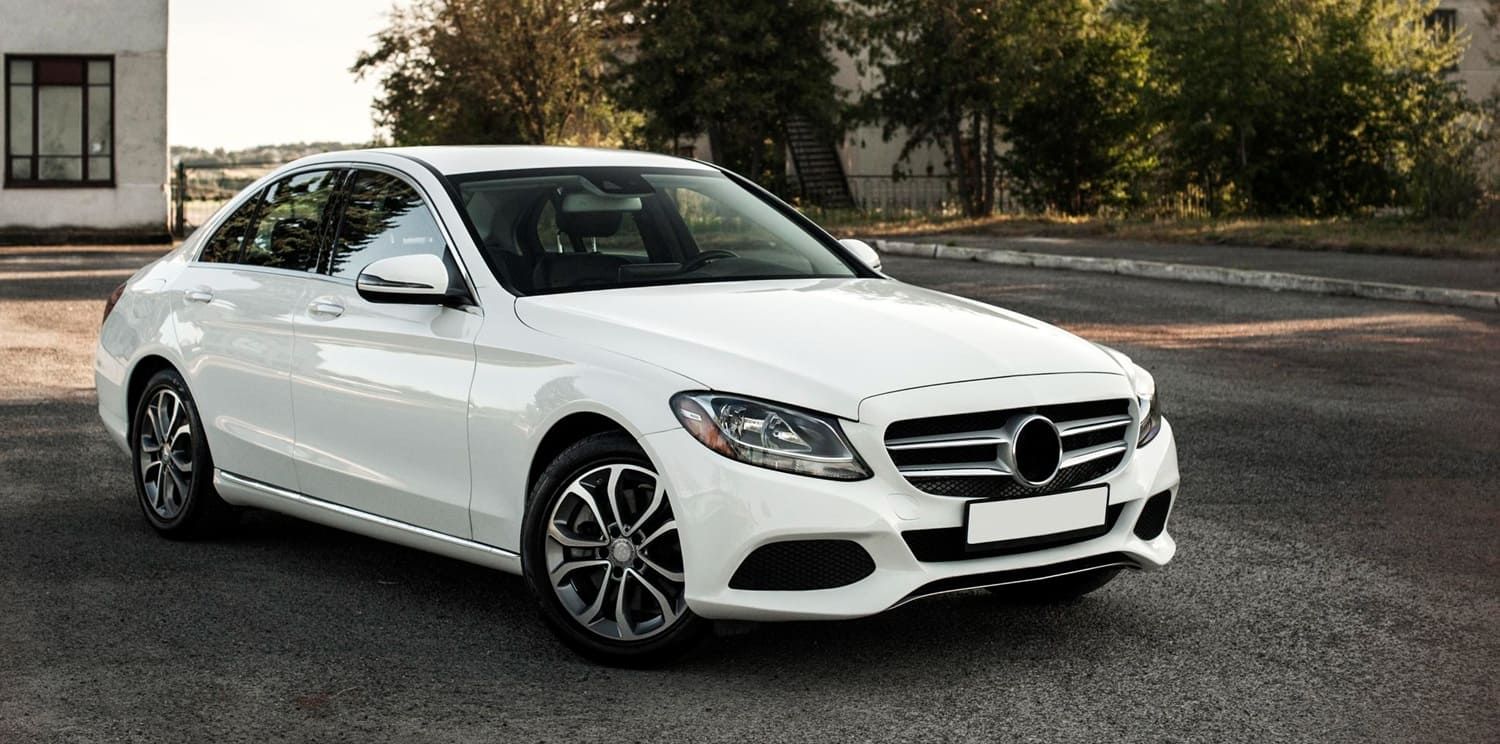
Where to Get Dyed Window Film Installed
When searching for "car window tinting near me," it's essential to find a reputable service provider. Professional installation is crucial for ensuring a clean, bubble-free application that maximizes the benefits of your window film. A skilled installer can make all the difference in the longevity and performance of the tint.
Choosing a Professional Installer
- Experience and Reviews: Look for installers with positive customer reviews and significant experience in applying window films. A well-reviewed professional is more likely to deliver quality service and address any concerns you might have.
- Warranty: Check if the installation comes with a warranty that covers film defects or installation errors. A good warranty can provide peace of mind and protection against unexpected issues.
- Product Range: Ensure that the installer offers a variety of film options, including dyed films, to meet your specific needs. A wide selection indicates that the provider is well-versed in different types of films and can offer personalized recommendations.
Conclusion
Dyed window film is an affordable and visually appealing option that offers key benefits such as glare reduction and a sleek, upgraded appearance. At Solartex Window Tinting, your trusted LLumar Auto Window Tinting Dealer serving Fort Myers, FL, we help you choose the right film based on your goals, budget, and vehicle type.
While dyed film may not offer the same level of heat rejection or long-term durability as premium options like ceramic or carbon films, it remains a solid choice for drivers looking to enhance style and comfort without breaking the bank. Understanding its strengths and limitations is essential to making the best decision for your needs.
Contact Solartex Window Tinting today for your free estimate and expert advice on the best LLumar film for your vehicle.
With professional guidance and quality installation, you can enjoy both the practical benefits and stylish impact of window tinting—enhancing your driving experience while protecting your vehicle’s interior and value.




